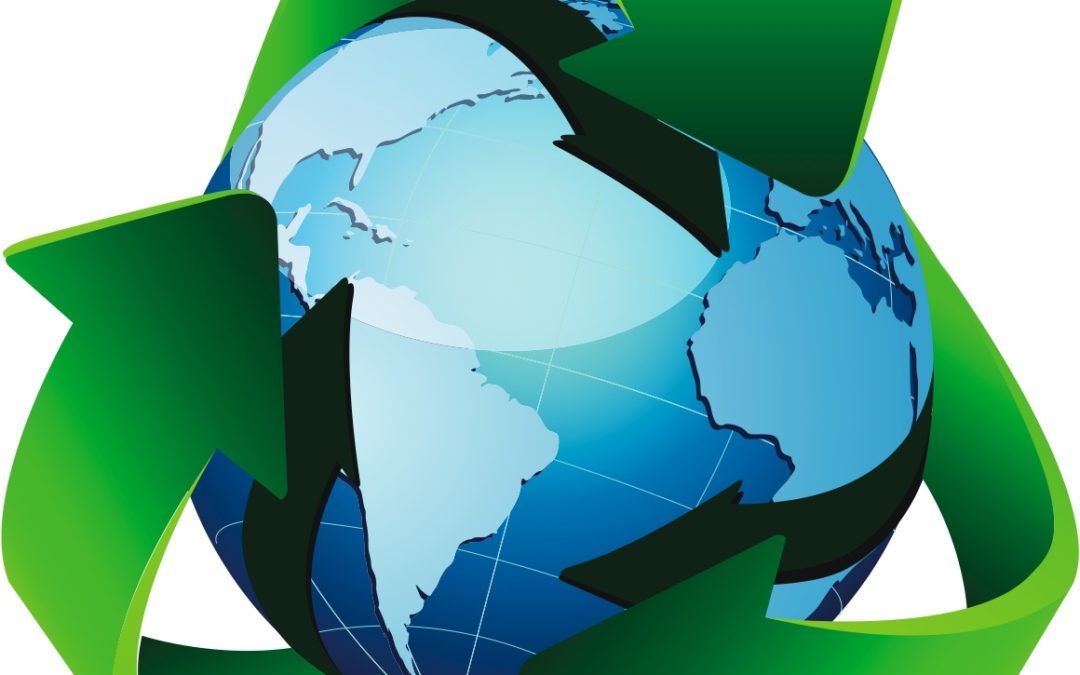When people think of shredding, their first thought is often of protecting their sensitive data from theft, or making sure they have bedding for the rabbits and don’t take up so much room in the grey bin. But what many people don’t realise is just how good shredding can be for the environment. Today we wanted to share with you some of the reasons that recycling your shredded paper could help save the environment.
Professional Shredders
Most professional shredding companies will have some sort of system in place to make sure that they are environmentally friendly and able to recycle as much as possible. Plants will invest in green machinery and use paper traps to minimise wastage, before delivering all shredded paper and offcuts to a recycling plant to be reused. By reusing all of this discarded paper, shredding plants are actively preventing the destruction of more forests and trees. In fact, shredding plants protects thousands of acres of forest each year – with recycled paper requiring 65% less energy and 50% less water to create, and causes 72% less pollution during reconstitution.
Diversion From Landfill
Shredding and recycling paper waste instead of throwing it away not only allows it to be turned into something useful, but also means that it won’t end up in landfill. Diverting shredded paper from landfill means there is more space for those materials which can’t be reused, recycled or composted. If all recyclable materials and shredded paper was actually recycled and reused instead of being sent to landfill sites, there would be up to 60% less waste in landfill sites. Currently 12.5 million tonnes of paper and cardboard are use annually in the UK, but only 66% of that is actually recycled, with the remaining 34% sent to landfill.
Less Pollution Damage
Every tonne of paper made fresh from trees takes 50MJ of energy (that’s around 13,900, enough to power the average house for a year). Recycled paper on the other hand takes on average 40-60% less energy to create, making it a valuable saving in power and energy. Not only that, but there is a significant amount of chemicals emitted during the paper manufacturing process. Nitrogen dioxide, sulphur dioxide and carbon dioxide are all created when making new paper. Nitrogen dioxide and sulphur dioxide are the major contributors to acid rain and other environmental issues, whereas CO2 is a greenhouse gas responsible for climate change. When a plant creates new paper from recycled, shredded paper, it generates 72% less chemicals into the atmosphere.
The world of recycling has come a long way in the past 20 years, and now the idea of separating plastics and paper for recycling is almost second nature to many of us. But at the moment, the idea of recycling still puts a lot of people off. In fact, 45% of people state that they would recycle more if the process was made easier. So next time you’re thinking about putting your shredded paper in the dustbin, think about how much good you will be doing the environment if you put it into recycling instead. For more information about shredding and recycling, get in touch with us today.


Recent Comments